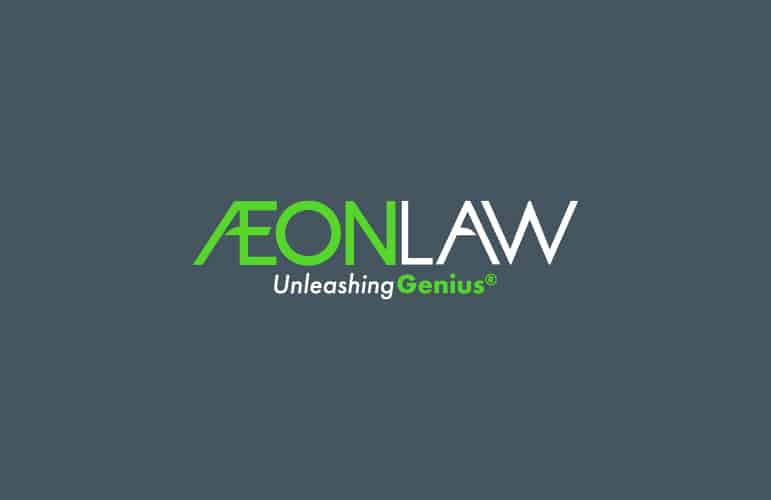What is a specimen?
A specimen is an example you raise to the USPTO about how you are using your mark. USPTO may consider many elements including 1. Whether the mark is used as a trademark; 2. Whether the applicant is using this mark; 3. Whether the mark in use is the same as the one in the application. Therefore, the specimen is determined by what you describe in your application. We sometimes refer to specimens as proof of use, meaning it is proof that you are using the mark. For goods, a specimen shows your trademark as actually used in commerce with your existing goods in a way that directly associates the trademark with the goods.[1] For services, a specimen shows the trademark as actually used in commerce with your existing services in a way that directly associates the trademark with the services.[2] Usually, USPTO would not accept physical specimens so a photograph, scanned copy, screen capture, or printout of the physical specimen of use is acceptable.[3] If it is still confusing to you, let’s see a few examples.
Starbucks is a famous brand. In its application No. 78567649, Starbucks is registered under Class 30 which includes coffee, flour, bread, candy, or rice. In the application, Starbucks is used on coffee beans, the specimen of which is a photo, showing a bag of coffee beans. Let’s take a look:
In this photo, we see Starbucks clearly showing on the package. It is very obvious to the consumers that the mark is used on coffee beans and they are Starbucks coffee beans.
There is an R mark used by Starbucks, and registered under Class 43 which includes restaurants, coffee shops, food takeout. The mark consists of a star above a horizontal line and the letter “R” below the horizontal line. In the Application No. 85592096, a few photos are submitted as specimen, without artistic improvement, just reflecting how the mark is used.
The first picture shows the entrance of the coffee shop, and the mark is carved on the wall; the second picture is the site where consumers can sit. You can still see the mark on the wall; the third picture is a standing menu with the mark on the top. These pictures directly show how the mark is used, not only for promotion or advertising. Especially for the third picture, there is an arrow on the menu, pointing in the direction of the shop. This is important because in In re MediaShare Corp. 43 U.S.P.Q.2d 1304 TTAB 1997, TTAB decides that merely promotion or advertising is not sufficient to associate the mark with the goods.
About specimens, we may make a judgment based on our common sense. I have friends who choose to apply for trademarks by themselves. Here I would like to recommend the USPTO website where you can find the information on the trademark application, including the procedures, the fees, and basic concepts under trademark law. You can also see the requirements of an acceptable specimen, such as[4]:
-
- Be a real example of how you use your trademark in commerce in providing your goods or services;
- Show your trademark used with the goods or services listed in your application;
- Show your trademark used in a way that directly associates the mark with the goods or services.
If you domicile in the US, you can definitely apply for the trademarks by yourself. In 2019, the USPTO published a new rule that foreign-domiciled applicants need to hire a US-licensed attorney to apply for trademarks. In fact, no matter whether you are in the US or not, the trademark application is not simply submitting the mark and specimen. You also need to consider trademark planning and defense at the early stage. You will need an experienced attorney to help you figure that out.
[1] See https://www.uspto.gov/trademark/laws-regulations/specimen-refusal-and-how-overcome-refusal, last visited on October 14, 2020
[2] Id.
[3] Id.
[4] ld.






